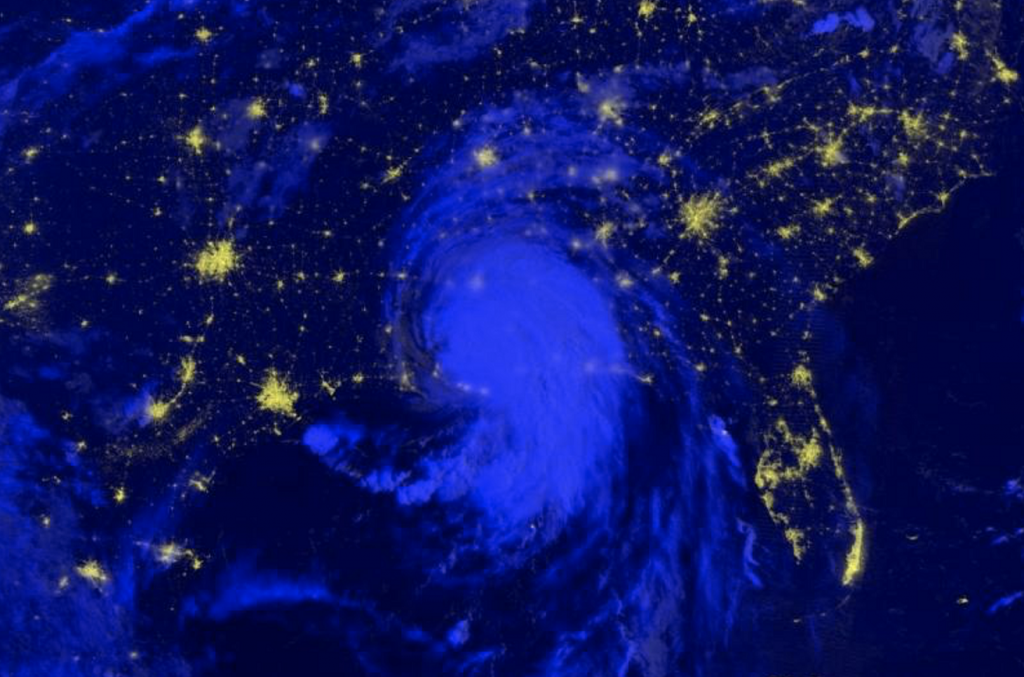
NASA reports:
In 2021, Hurricane Ida left over 1 million people without power, tornadoes tore across the American Midwest, volcanoes forced people to evacuate their homes, wildfires covered the American West and unusual flooding wreaked havoc on Central Europe.
Some characteristics of natural hazards, such as hurricanes, floods and wildfires, have been historically predictable and have informed disaster preparation. However, with human emissions of greenhouse gases increasing Earth’s temperature, we’re seeing changes in those characteristics: wildfire and drought seasons are lengthening, hurricanes and rainfall are becoming more intense, and coastal flooding is increasing.
The Economist:
As the threat from natural hazards grows, from climate change-fueled fires to zoonotic pandemics, the world must live with more risk. The countries that fare best will be the resilient ones. In “The Resilient Society”, Markus Brunnermeier, an economist from Princeton University, argues that “Resilience can serve as the guiding North Star for designing a post-covid-19 society.”
Japan is a “department store of natural hazards”, says Nishiguchi Hiro of Japan Bosai Platform, a group of firms that develop disaster-related technologies. Few countries have been shaped so much by hazards and disasters. Besides earthquakes and tsunamis, there are typhoons, floods, landslides and volcanic eruptions. Japan has had to learn to live with risks, making it a laboratory for resilient societies. “The concept of resilience is key to what others can learn from Japan,” says Rajib Shaw, a disaster expert at Keio University in Fujisawa.
New York Magazine:
The biggest lesson is the value of preparation. It’s too late if you start acting after the disaster happens. That this sounds banal in much of the world makes its absence more striking. Of $137bn provided in global disaster-related development assistance from 2005 to 2017, 96% was spent on emergency response and reconstruction, less than 4% on disaster preparedness.
Preparedness usually involves building a more solid and resilient infrastructure. Still, in every physical science discipline they have a similar quote within their field. In hydrology, it’s “water finds a way”. In Jurassic Park, it’s “life finds a way.” In the fire community, it’s “fire finds a way.”
Ascent Systems Technologies:
To be resilient, the infrastructure should be distributed and decentralized. Or, to begin with, there should be distributed and decentralized backup options for energy, water and other human needs in case a disaster strikes.
Autonomous Mobile Energy System (AMES) module can be delivered to the site of disaster in hours, deployed in minutes and start generating energy with no fuel or connection to a power grid required. The module can sense when the external conditions become dangerous to operate and would automatically retract into a “turtle” mode and deploy again when the conditions are safe again. It could withstand recent tornadoes in Kentucky and provide energy while the permanent infrastructure is being restored. In many situations, such as providing energy to field hospitals, it would save human lives.
